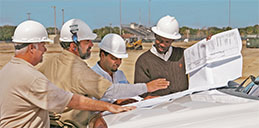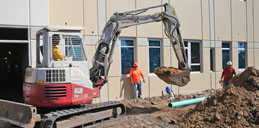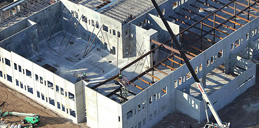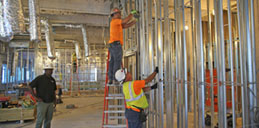5 Secrets of a Well-Designed Restaurant
Do you ever wonder what makes one restaurant more successful than another? Of course, it needs to have excellent and consistent dishes. However, there is more to designing a restaurant than creating a fantastic menu. In addition to outstanding menu items, a successful restaurant is carefully designed with attention to the most minute details. The sights, sounds, and aromas are carefully choreographed into delivering an exciting restaurant experience that caters to the desires of its discerning guests.
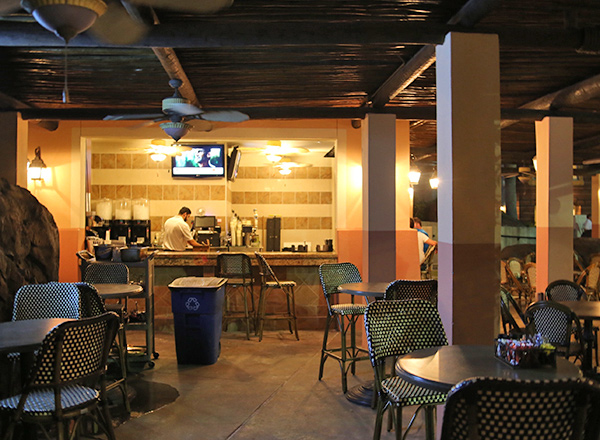 Floor Plan
Floor Plan
Regardless of restaurant size, the floor plan needs to be well-balanced with separate areas for the entrance, restrooms, kitchen, storage, dining, and bar. The floor plan should maximize seating and floor space without appearing cluttered. Otherwise, there will be bottlenecks that will make it difficult for staff to service. There should also be proper signage and décor that complements the overall restaurant theme.
Seating
Seating plays a vital role in your overall restaurant design. The choice of seats and their arrangement has a direct impact on the guest experience. For example, quick-service restaurants generally have casual seating with natural wood tables and chairs. It is designed for faster turnovers. On the other hand, fine dining restaurants have more intimate seating arrangements that are designed for a more comfortable experience with plush fabrics and subdued colors, so guests will want to stay longer and perhaps order dessert with a specialty after-dinner drink.
Lighting
Lighting is a significant feature of successful restaurant design. It is well known throughout the industry that diners eat with their eyes first. Your choice of light can either enhance the dishes or make them look less appealing. Poor lighting can also downgrade all other elements of the interior design. Low or dim lighting creates a more romantic dining experience, while bright lights create a more energetic atmosphere. You can also use accent lighting to highlight restaurant décor and other features. You can use LED lighting to create the desired ambiance of your restaurant.
Color Choice
Colors have a psychological effect on behavior, and restaurants can use them to their advantage. Restaurant interior colors can affect the diner’s mood – determining what they eat, how long they will stay, whether they will return, and more. When used effectively, your interior colors can increase the average size of the check. Greens and browns are considered relaxing colors and is why many health-oriented restaurants incorporate those shades in their interior design. However, if you want patrons to eat less and drink more, use blues and purples.
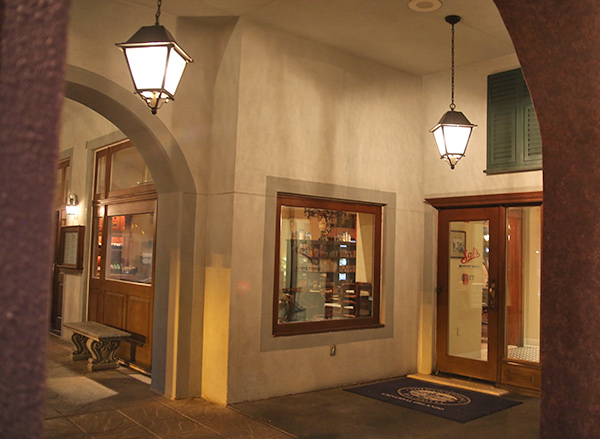 Music
Music
Surprisingly, music plays a subtle but integral role in setting the overall tone of the restaurant. A study conducted by HUI research found that playing the right music can increase revenue by up to 9%. It also encouraged diners to order more, too, expanding the check even further. The key is carefully selecting music that will appeal to the patrons and the overall brand strategy. However, getting it wrong can be costly. The study reported that playing the wrong type of music can cost sales.
Make sure you are getting the most out of your design during your Restaurant Construction!


